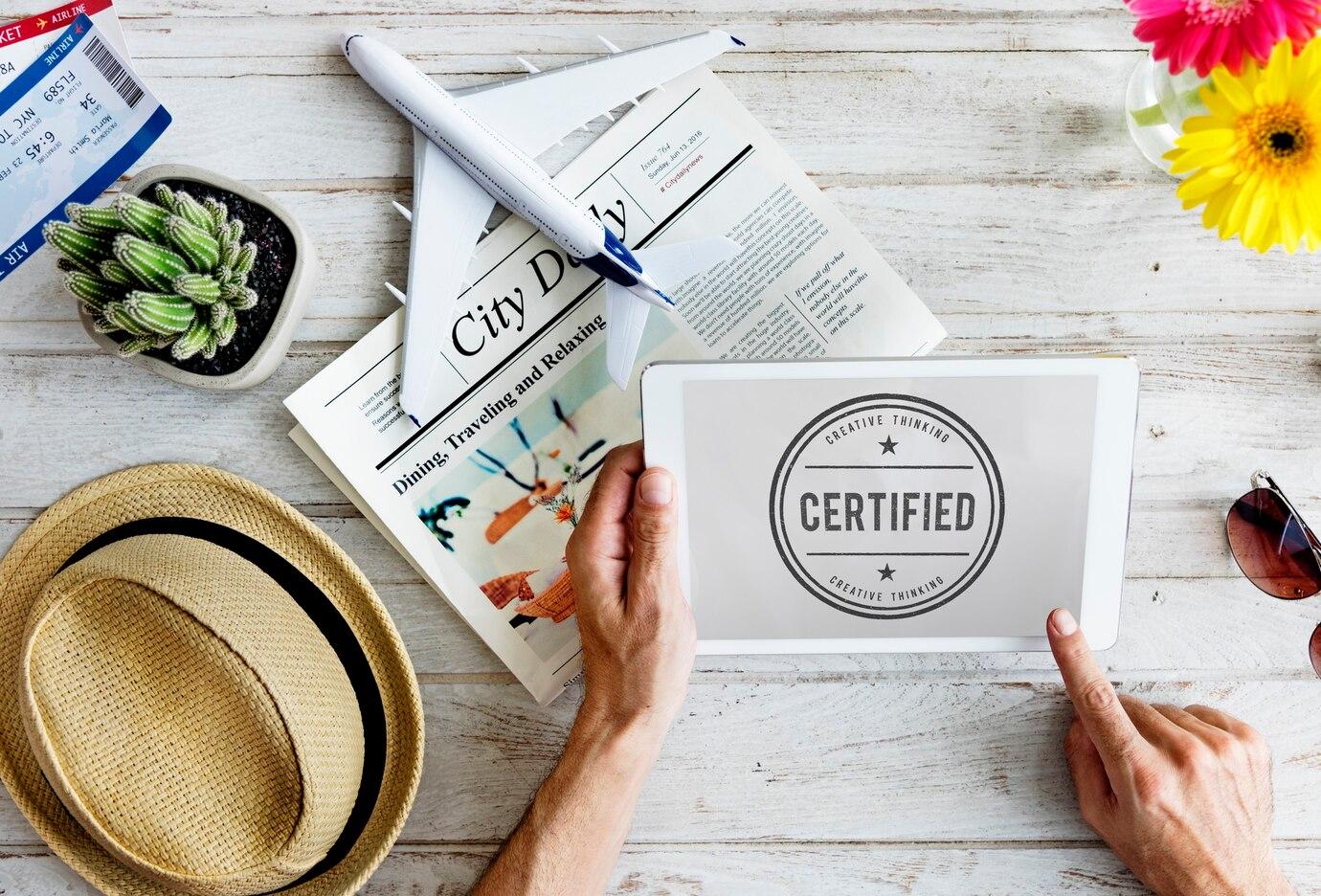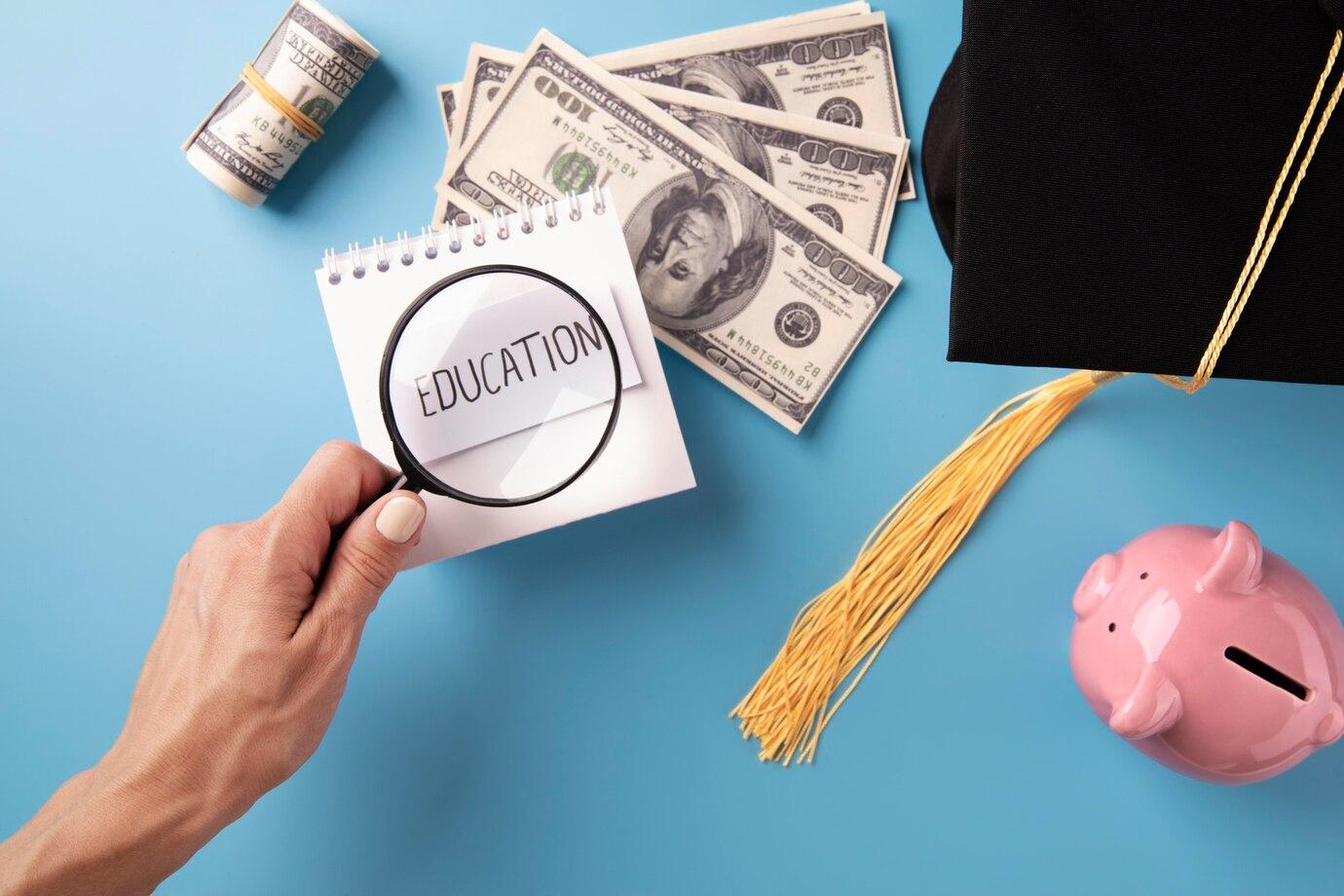In the modern world, problems with document forgery are becoming increasingly relevant. Fake diplomas, certificates, and other educational credentials are used by fraudsters to deceive employers and educational institutions.
The Problem of Fake Diplomas and Certificates
According to research, the share of fake diplomas and certificates in the labor market is several tens of percent. Fraudsters offer low-quality counterfeits that can look quite plausible externally. It is important to understand that such actions not only break the law but also create false impressions of a person's qualifications. This, in turn, undermines trust in education systems and damages the reputation of honest professionals.
How Do Fraudsters Create Fake Diplomas?
Modern technologies allow fraudsters to use high-quality equipment for printing documents. These can be simple photo printers or specialized tools that allow fine-tuning details so that the counterfeit looks as realistic as possible. Often, fraudsters study samples of original documents to forge them with the highest possible accuracy.

Approaches to Creating Counterfeits
Fraudsters can also employ various tactics to create fake diplomas and certificates. For example, they may use templates and publications on online resources to create the design of “documents.” Sometimes they even offer services for creating fake workbooks, which adds complexity to the process of verifying the authenticity of information. Meanwhile, genuine employers or educational institutions often do not have the means to verify the presence or authenticity of such documents.
Fake diplomas and certificates are most often used to deceive employers. Possession of such a document gives the recruiter the illusion that the person indeed has the necessary knowledge and skills. This may apply to unemployed individuals looking to find a job as quickly as possible, or professionals aiming to change their field of work.

How to Recognize Solid Documents: The Importance of Verification
To protect oneself from deception, it is important to know how to verify documents. Most employers conduct a thorough check of their candidates' certificates and diplomas. They may use special websites, databases, and even directly contact educational institutions to confirm information. However, it is worth remembering that not all organizations do this properly.
Methods for Verifying Certificates and Diplomas
One of the most effective methods of verification is contacting educational institutions. This allows confirming whether the applicant actually received education at the given organization. It is also possible to use online services that offer diploma verification services. Most well-known educational institutions have their own verification platforms where you can enter graduate data and receive information about their education.
Appealing to State Databases
In addition, there are state databases containing information about legitimate educational institutions and the diplomas they issue. Such databases are provided by the Ministry of Education and are accessible to a certain number of organizations, such as employers and government agencies. Using these resources, it is easy to find out whether a diploma or certificate is genuine.

Educational Fraud: Experiences of Victims
One of the biggest problems with fake documents is the experience of victims who have fallen prey to them. Many people manage to get a job fraudulently, but ultimately this leads to unpredictable consequences. If the employer finds out the truth, it may lead to dismissal, loss of reputation, and even legal proceedings.
There are various real stories of people who have faced problems due to using fake diplomas. Some have lost their jobs, while others have faced legal consequences. One of the most striking cases occurred in 2020 when the head of a large company was dismissed after it was discovered that his higher education diploma was fake. This affected not only his career but also the company's image.
Precautionary Measures: How Not to Fall into Fraudsters' Traps
To avoid falling into fraudsters' traps, it is important to follow several basic precautionary measures. This is not only about checking documents but also about being attentive to job market offers.
The choice of an educational institution is the first step to obtaining an honest diploma. It is necessary to pay attention to the institution's reputation and its accreditation. Make sure the school or university is listed in the official registry of educational institutions. Study reviews from students and the community about this educational institution.

Employer Verification
It is also worth paying attention to the employer. Some companies may be careless when checking diplomas, especially if they have high staff turnover. Check information about the company, find out how they handle document verification for their employees. This way, you can avoid working for a company that may be unreliable or even involved in identity theft schemes.
Fake diplomas and certificates are a serious problem faced by many professionals in the labor market. To avoid falling into fraudsters' traps, it is important to conduct a thorough document check and choose only verified educational institutions and employers. Ultimately, an honestly earned diploma or certificate will be the key to your successful future and help you build a career without the risk of encountering the consequences of fraud.
Remember that in business and education, honesty is the foundation upon which trust is built. Take care of your reputation and do not fall for tempting offers that may turn into a real disaster. Choose wisely and don't give fraudsters a chance at success.
